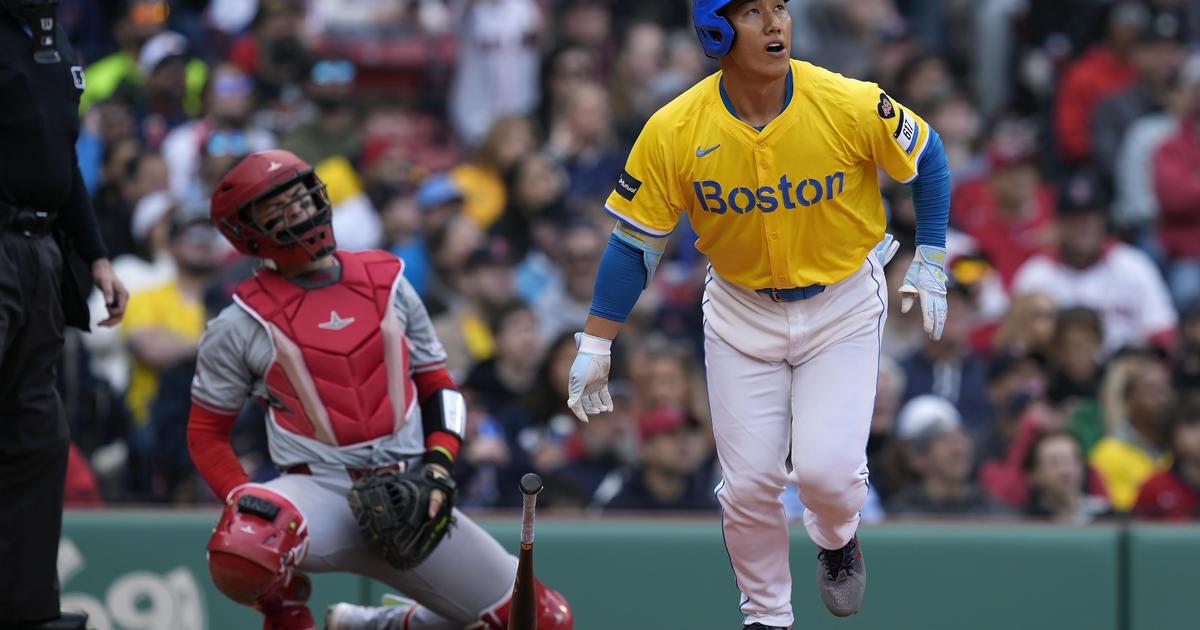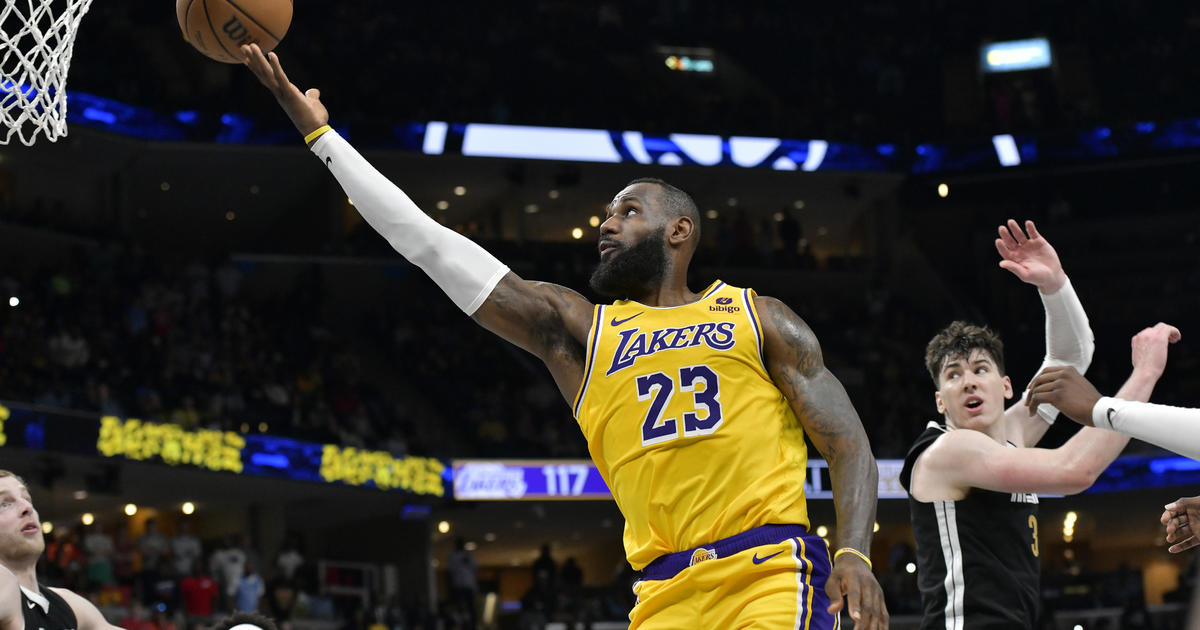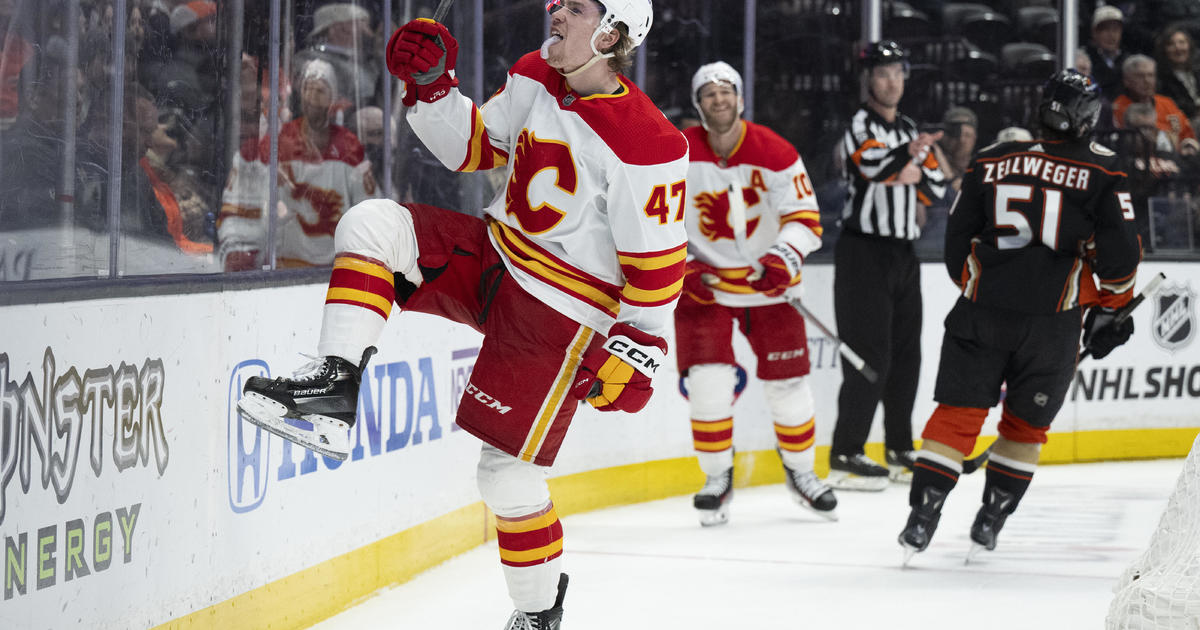Concussions End Student's Playing Days, But Now He's Trying To Help Others
LOS ANGELES (CBSLA.com) — One of the most life-changing risks of playing football is the potential for devastating blows to the head, and amateurs and professionals are both subjected to the dangers of head trauma.
Trey Fearn is a teenager who works with UCLA neurologists to help protect the valuable cargo inside the helmet.
"I got a handoff and two of my teammates hit me from each side of my head, and then the next minute, it was just kind of black," Fearn said of his first concussion.
This incident occurred during the final practice before an eighth-grade championship game.
"I was dizzy. It was hard to walk," Fearn said.
Despite the symptoms Fearn had reported, when game day arrived, his coaches wanted him to play.
Just 13 at the time, Fearn did something that few young players have the courage to do: He took himself out of the game.
"I have not touched a football in probably about four years, " Fearn said.
While Trey had suffered a debilitating concussion, his decision to give up the game was anything but easy.
"I was pretty angry every single day," he said.
However, within months, Fearn moved on to other sports like basketball and baseball, but in an incredible streak of bad luck, the teenager suffered four more concussions.
Because of the damage that has been done to Fearn, he is finished playing contact sports and has taken up golf.
Fearn is now helping researchers at UCLA try to understand the long-term impact of concussions by participating in a study conducted by the UCLA Steve Tisch BrainSPORT Program.
The $10 million project aims to figure out what the biology of concussion is and what happens to the brain when it gets moved quickly.
Christopher Giza, a neurologist at Ronald Reagan UCLA Medical Center, is working with Fearn and some members of the UCLA football team during the BrainSPORT study.
"We do blood tests and brain MRIs," Giza said. They test before any injuries and after they occur.
Doctors are also using new helmet technology to monitor concussions.
There are multiple sensors inside special helmets that track all kinds of measurements.
"As the head and the helmet accelerate, these sensors detect the rate at which it's moving," Giza said.
"They also let us know whether it's a linear acceleration, where the helmet is just moving straight ahead, or a rotational acceleration, which can then bend and shear connections in the brain," he added.
The helmets give doctors another way to monitor how many hits an individual takes even if they don't mention that they are experiencing any concussion-like symptoms.
According to Giza, if not allowed to fully heal, a first concussion can slow a person's reaction time and increase the odds of getting more concussions.
There is an intense focus on trying to pinpoint exactly how long it takes for the brain to fully recover from a concussion.
"Right now, we really don't know," said Giza.
While it has been more than a year since Fearn's fifth and final concussion, he hasn't fully recovered.
"I still have trouble doing fine motor skill things; I still have trouble processing information as quickly as other kids," Fearn said.
Fearn, despite not playing any contact sports anymore, is sticking with the BrainSPORT research project and will allow the doctors to follow him as long as need be.
"Anytime I could help it's a pretty good feeling," he said.
When asked if he had a message to any other injured players out there, Fearn said: "Definitely rest. It's never the end of the world if you decide not to play hurt."
Click here for more information on UCLA's Steve Tisch BrainSport Program.
Click here for tips on dealing with concussions.
Story Produced by Gerri Shaftel Constant, CBS-2 Medical Producer



